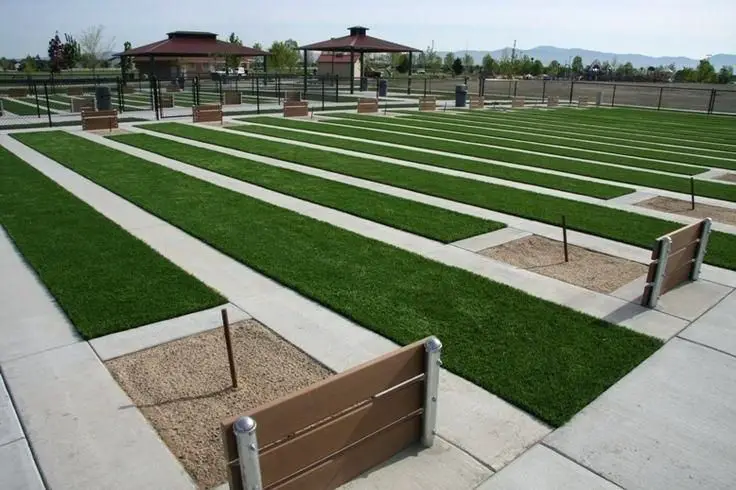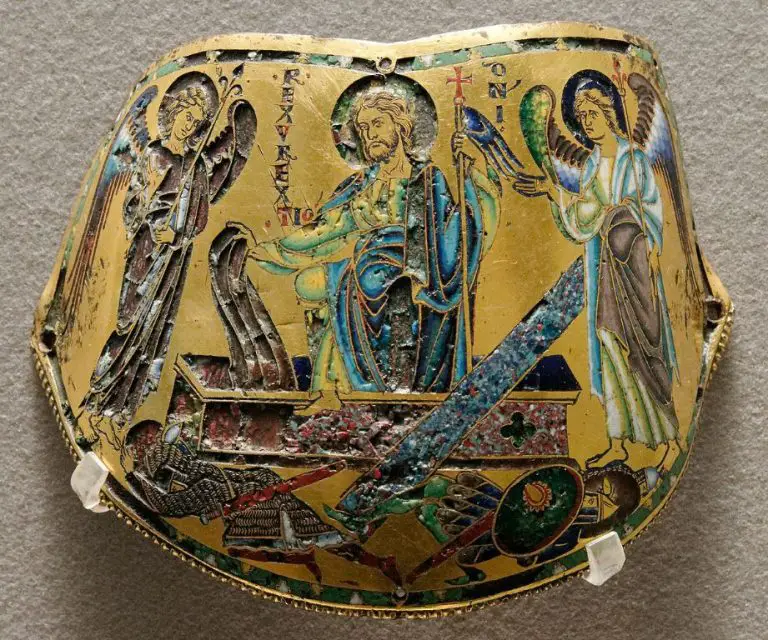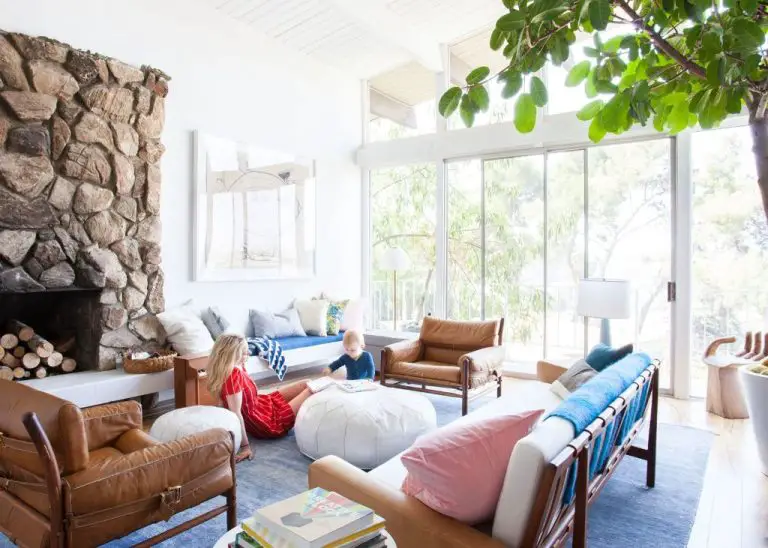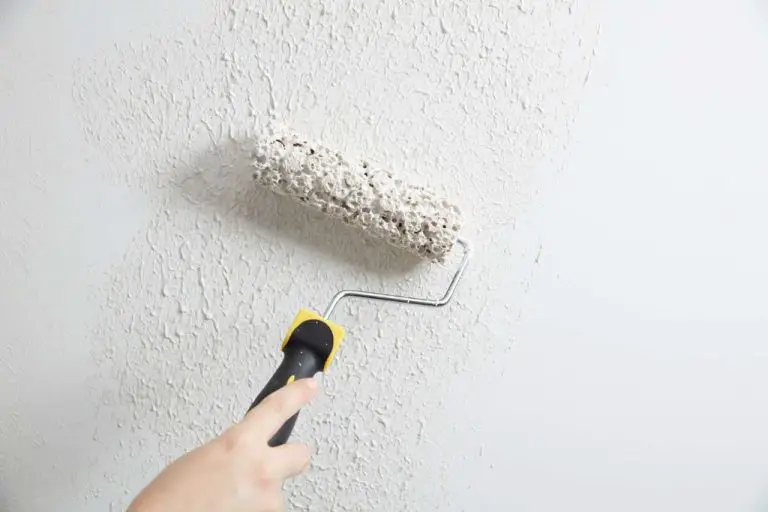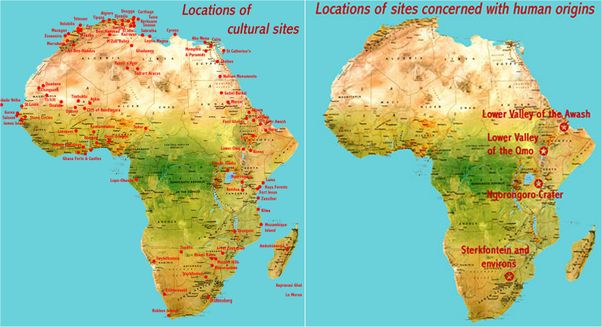Why Did Williamsburg Pottery Close?
Williamsburg Pottery was a popular shopping destination and landmark in Virginia for over 60 years. Originally opened in 1956 by the Maloney family as a pottery outlet, it grew over the decades into a massive 200-acre complex with over 40 stores selling a wide variety of goods. Dubbed “Virginia’s #1 Outlet Mall”, Williamsburg Pottery drew an estimated 5 million visitors annually at its peak. For both tourists and locals, it became a beloved tradition to spend hours browsing the sprawling shops and warehouse sales. At one point, Williamsburg Pottery was the largest pottery factory in the United States and operated the top gift shop in the country. Over the years, it evolved to offer everything from housewares and furniture to toys, clothing and specialty foods. However, after over half a century in business, Williamsburg Pottery ultimately closed its doors in 2021, marking the end of an era for a retail complex that had become an institution in Virginia.
The Rise of Williamsburg Pottery
Williamsburg Pottery was founded in 1938 by James E. Maloney as a small pottery workshop located alongside Route 60 in Virginia (Williamsburg Pottery Factory, Wikipedia). Maloney was skilled at producing pottery and ceramics in the traditional 17th and 18th century style that he learned from a local Native American tribe (The Great Jimmy Maloney, Williamsburg Pottery). At first, Maloney’s business was just a roadside stand where he sold handcrafted flower pots and other pottery items to tourists traveling along Route 60.
During the 1930s and 1940s, colonial-style crafts were rising in popularity due to the restoration of nearby Colonial Williamsburg. Maloney capitalized on this trend by marketing his pottery as authentic colonial reproductions. His skill and showmanship drew crowds who enjoyed watching him demonstrate pottery techniques while selling his wares (Williamsburg Pottery Factory, Wikipedia). Thisexposure helped Maloney quickly grow the roadside stand into a successful small business.
Expansion and Success
The Williamsburg Pottery started out as a small roadside stand opened by James Maloney in 1938. Over the next few decades, the business expanded into a massive retail complex thanks to Maloney’s business acumen and hard work.
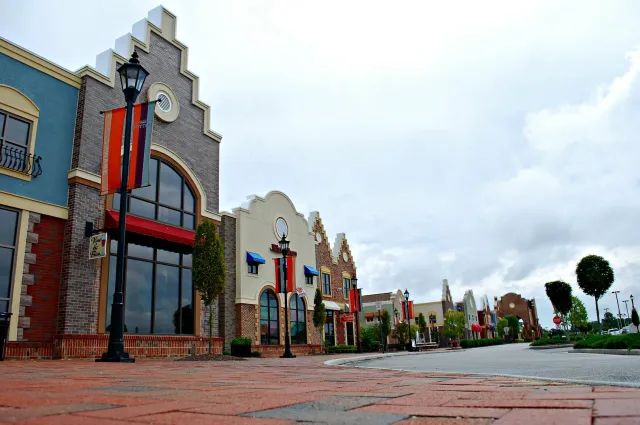
By the early 1980s, the business known regionally as “The Pottery,” was a sprawling, 200-acre shopping mecca that offered more than 80,000 different items (https://williamsburgpottery.com/about-2/). It had grown from the original roadside stand to include multiple large warehouse-style buildings filled with a huge variety of merchandise.
The Pottery became a popular shopping destination, drawing busloads of visitors who could spend hours browsing the various departments. People were attracted to the discounts and unusual items that could not be found elsewhere. The complex expanded over the years to ultimately include a campground, restaurant, and factory outlet stores.
Competition from Big Box Stores
As Williamsburg Pottery expanded their brick-and-mortar locations over the decades, they faced increasing competition from national big box retailers like Walmart and Target. An article in The Virginian-Pilot notes that in the 1990s and 2000s, the rise of Walmart supercenters selling home goods at low prices impacted Williamsburg Pottery’s sales. Additionally, the emergence of e-commerce allowed consumers to purchase a wider variety of products online. While Williamsburg Pottery tried to adapt by creating a website in 1998, they struggled to compete with the selection and convenience offered by Amazon and other online retailers. Facing pressure from brick-and-mortar and online competition, Williamsburg Pottery saw declining revenues in the years leading up to its closure.
The Recession’s Impact
The Great Recession that began in 2008 resulted in declining sales and traffic for Williamsburg Pottery. As consumers tightened their budgets during the economic downturn, traffic to the massive complex slowed. According to the Daily Press, the establishment suffered during the recession in 2008. With consumers spending less on discretionary purchases like home goods and décor, Williamsburg Pottery saw revenues decline. The recession took a major toll on the business.
Attempts to Revitalize
In the early 2000s, Williamsburg Pottery faced increased competition from big box stores like Walmart and Target. To try to revitalize the business, the owners focused on improving merchandising and product offerings. According to The Great Jimmy Maloney, in 2010, Williamsburg Pottery President and CEO Kim Maloney unveiled plans for a multi-million dollar revamp of the Pottery. The goal was to update the aging facilities and transform the shopping experience. Plans included new landscaping, repaved parking lots, renovated stores, and an improved product mix. For example, the Pottery started selling more upscale garden furniture and home decor products to complement the discount items. The efforts aimed to make the Pottery more competitive with the big box retailers.
Closure in 2021
After over seven decades of operation, Williamsburg Pottery officially closed its retail operations in September 2021. The iconic store had been a staple destination for shoppers in Virginia and beyond since 1938, attracting crowds seeking discounted housewares, furniture, clothing and more. However, in recent years the Pottery faced mounting challenges, including competition from big box stores and online shopping. The economic impacts of the COVID-19 pandemic proved to be the final blow.
In the summer of 2021, Williamsburg Pottery announced that its flagship store would be shutting down that September. After struggling to rebound from temporary closure during lockdowns in 2020, the owners ultimately decided to cease retail operations. According to a customer review, lack of shopper interest and competition contributed to the closure.
The closure marked the end of an era for the Pottery, which had grown from humble beginnings in 1938 into a 300,000 square foot shopping complex. Generations of shoppers were dismayed to see this Virginia institution close down after over 80 years in business.
Legacy and Influence
Over its nearly 60 years of operation, Williamsburg Pottery had an enormous impact on Virginia tourism and shopping. Founded in 1955, the Pottery grew from a small roadside shop to over 20 acres of retail space. By the 1990s, it was drawing over 2 million visitors per year and was one of the most popular destinations in Virginia.
The Pottery became known as a shopping mecca, with over 20 buildings filled with a huge variety of merchandise at discounted prices. People would travel from all over to visit the Pottery and spend hours browsing the endless aisles of goods. As described by Visit Williamsburg, it offered “acres and acres of exciting surprises.”
The Pottery’s massive popularity made it a major driver of tourism in Virginia in its heyday. Its unique experience drew shoppers from across the state and all along the East Coast. It became one of the top landmarks and attractions in the Williamsburg area. The Pottery’s success catalyzed other development in the region as well.
Even after its closure, the Pottery’s legacy lives on. Many visitors still associate the Williamsburg area with the iconic shop. And it helped cement Virginia and Williamsburg as major shopping and tourist destinations. The Pottery demonstrated the popularity and profitability of destination shopping complexes in the state.
What Replaced Williamsburg Pottery
After Williamsburg Pottery closed in early 2021, the massive complex did not remain vacant for long. By the end of 2021, new tenants began moving into the various buildings on the 300-acre site. Some of the notable new tenants include:
Greenpoint Nursery – This garden center moved into 220,000 square feet of Building A in late 2021. They offer a huge selection of annuals, perennials, shrubs, and more. Greenpoint took over the space previously occupied by the Pottery’s Garden Center.
The Cabin Store – Focusing on rustic home décor and furniture, The Cabin Store opened in 30,000 square feet of Building A. This Tennessee-based company chose the Pottery site for its first Virginia location.
RW’s Sports – This sporting goods store moved into 40,000 square feet of Building B, taking over part of the space that previously housed the Pottery’s fitness equipment. RW’s Sports sells everything from team sports gear to hunting and fishing equipment.
Additional tenants are expected to continue moving into the vacant spaces. The massive complex that once housed Williamsburg Pottery is seeing new life with a variety of tenants and purposes.
Conclusion
The story of Williamsburg Pottery is one of an iconic Virginia business that rose from humble beginnings to become a popular tourist destination, only to eventually close after struggling to adapt to competition from big box stores and the impacts of the recession. Founded in 1938 by Jimmy Maloney, the pottery grew over decades into a sprawling complex with over 40 buildings. Generations of families visited for the low prices and quirky, maze-like shopping experience. However, the changing retail landscape and economic downturn led to a slow decline over the 2000s, with multiple attempts to revitalize the business ultimately failing. Williamsburg Pottery finally closed its doors for good in 2021, leaving behind a legacy as a one-of-a-kind shopping destination that could never quite recapture its former glory. While the buildings remain, the closure marked the end of an era in Virginia retail history.

